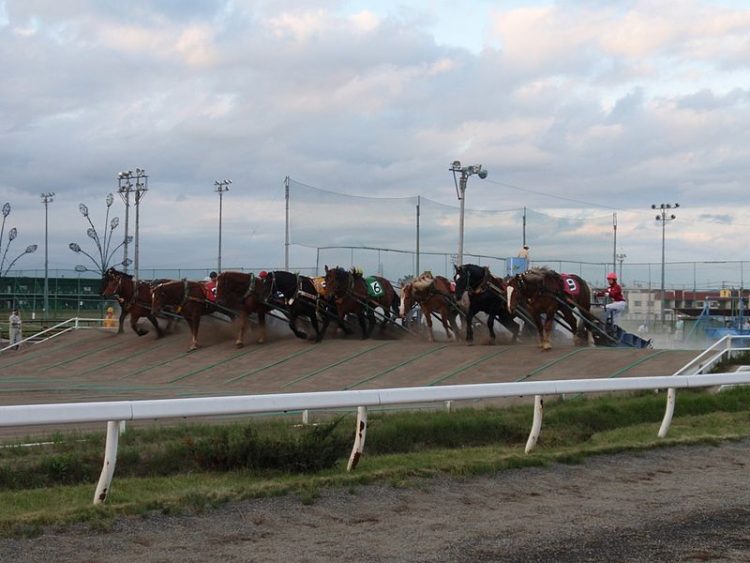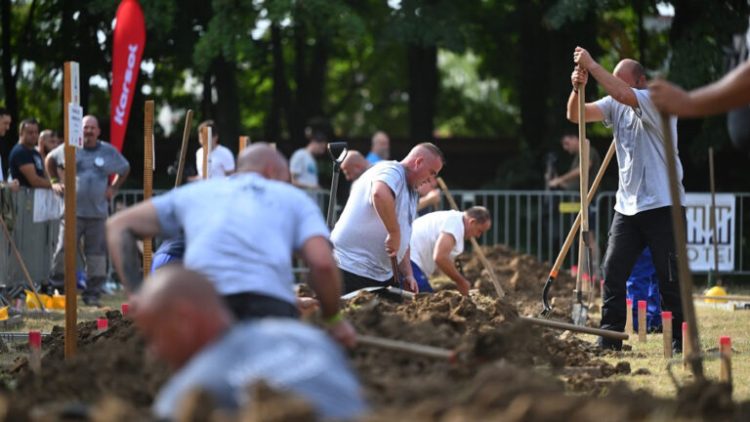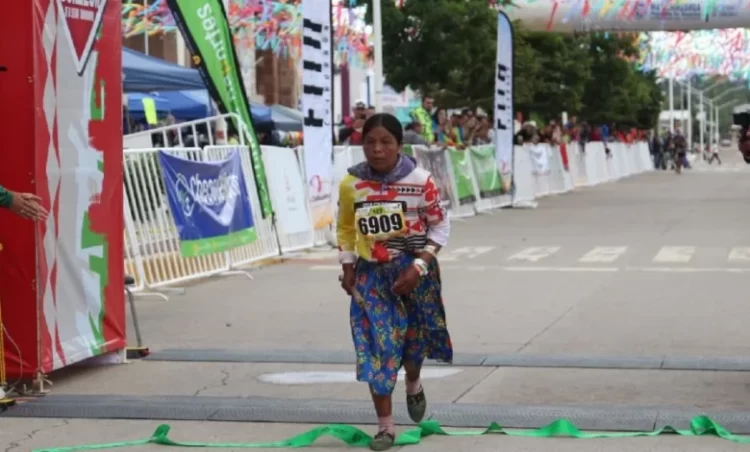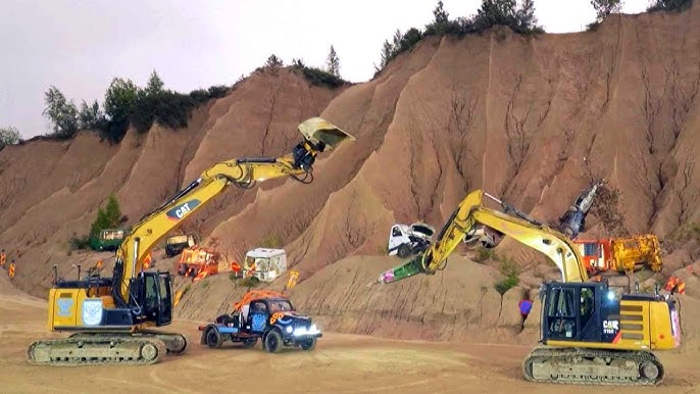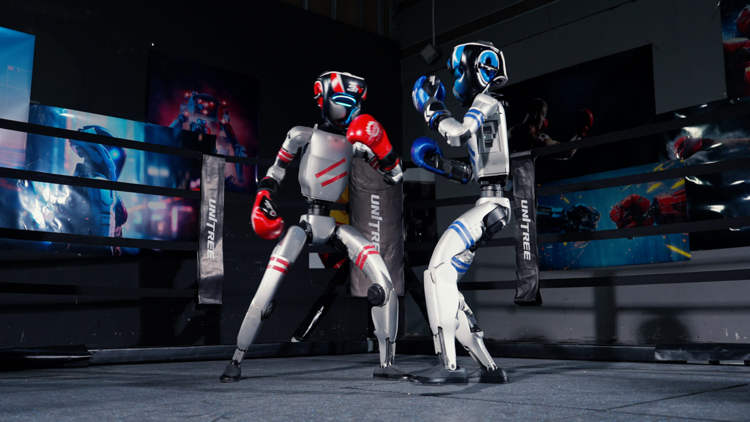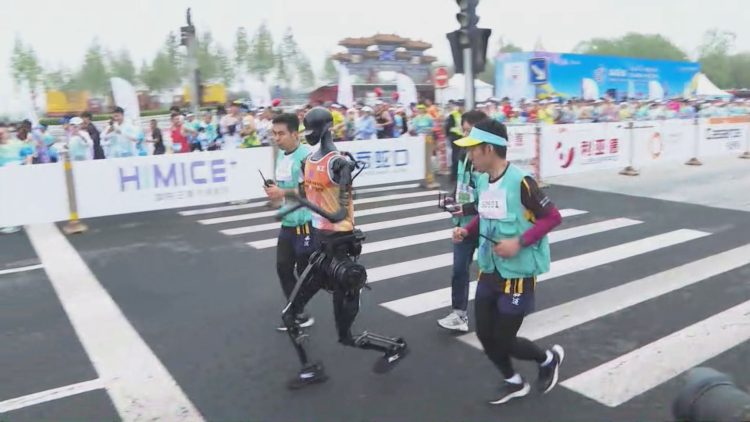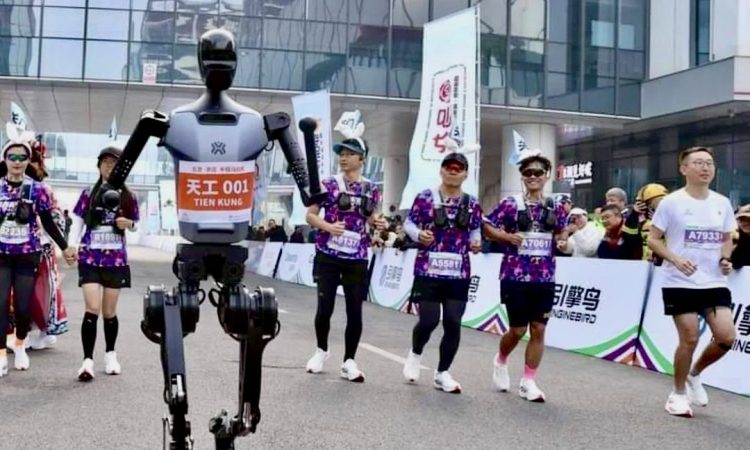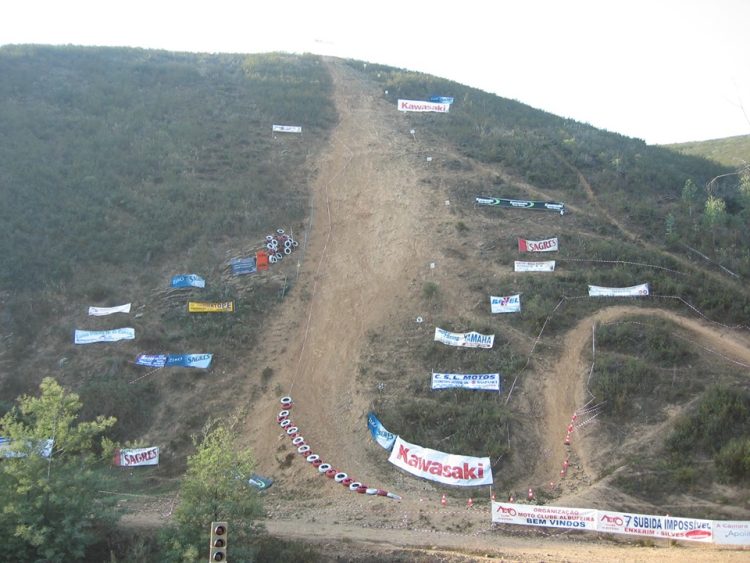Horse races are usually all about speed, but in Ban’ei, a form of horse racing unique to the Japanese island of Hokkaidō, it’s strength and stamina that matter most.
Ban’ei race horses, also known as ‘banba’, are very different from the fast thoroughbreds we associate with horse racing. They can weigh up to 1,200 kilograms and are more than twice the size of the small dosanko horses native to Hokkaidō. These horses are crossbred descendants of workhorses imported from France and Belgium at the end of the 19th century to help farmers work their land, and are now considered a Japanese breed in their own right. Depending on their size, these strong animals can pull up to a ton of weight, and that’s exactly the kind of strength required to win the world’s slowest horse race.
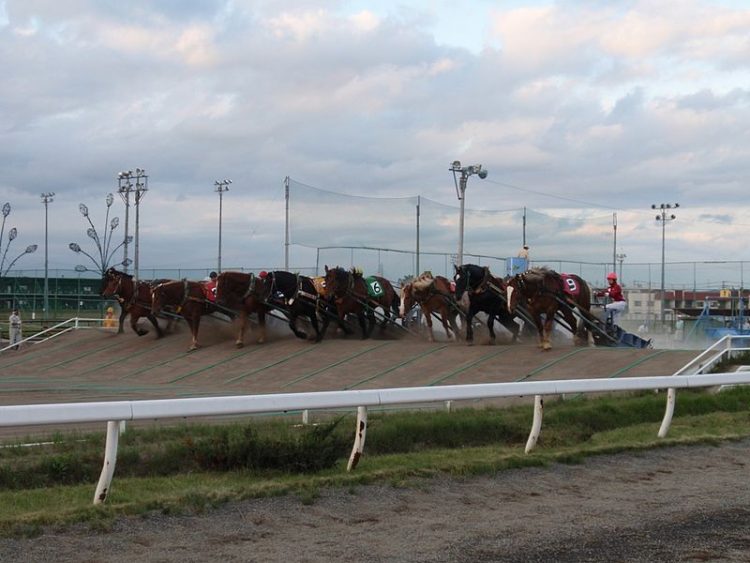
Photo: Wikimedia Commons
Ban’ei race horses are required to pull heavy sleds weighing between 450 kilograms and 1 tonne up across a sand race track complete with at least two ramps. It’s a tough job, and horses often need to take a break, especially after crossing an obstacle, so Ban’ei races are not exactly fast. Jockeys play a role as well, but it’s not ensuring that the horses run as fast as possible. In fact, they don’t even carry whips, instead using only heavy reigns to encourage the horses onward.
Jockeys will often pace their horses, even stopping them between two obstacles to give them a chance to recover and increase their chances of making it to the finish line.
Winning by a nose is not an option in Ban’ei races, as horses have to pull their sleds completely across the finish line, a rule unique to this form of horse racing.
Ban’ei horse racing can be traced back to 1887, but it wasn’t until the mid 20th century that the sport became popular across Hokkaidō. At its peak, in 1991, Ban’ei horse racing was practiced in the cities of Obihiro, Asahikawa, Kitami, and Iwamizawa, and ticket sales exceeded 32 billion yen. However, Japan’s economic bubble burst soon after, and by 2006 the racetrack in Obihiro was the only one still in operation.
Luckily, in 2012 Ban’ei horse racing was declared an important cultural heritage of Hokkaidō and large corporate sponsors rushed to ensure its survival through donations. The sport has been thriving ever since, and in the fiscal year 2017, revenue increased to 21.9 million yen, 36.1% more than the previous year.
Once used to plow rice fields and pull logs, giant Ban’ei horses now show their strength only on the race track.
Sources: Nippon, Topend Sports

